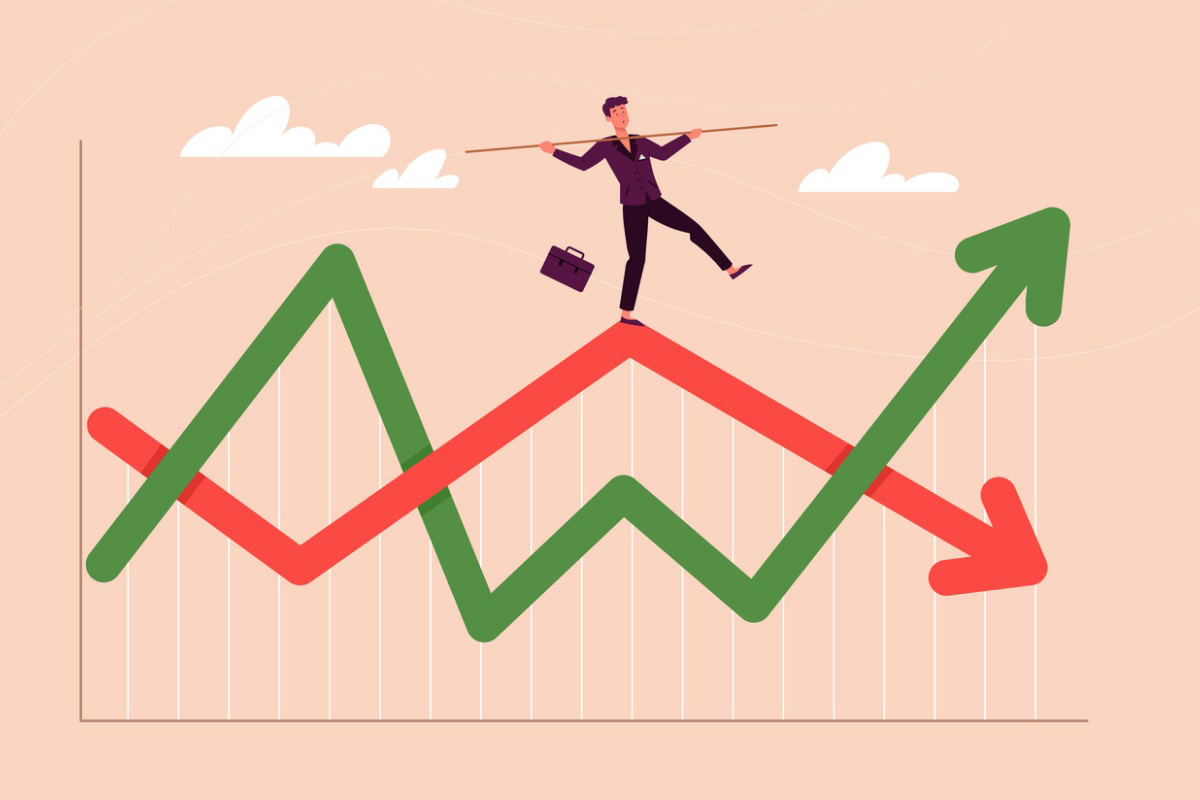Interest rates play a critical role in the economy. They influence everything from how much we pay for loans to the overall health of the financial system. Understanding interest rates can help you make informed decisions about borrowing, saving, and investing. This blog will explore what interest rates are, how they work, and their impact on the economy.
What Are Interest Rates?
Interest rates are the cost of borrowing money or the reward for saving it. When you take out a loan, the interest rate is the percentage of the loan amount that you must pay back in addition to the principal. When you save money in a bank account, the interest rate is the percentage of your savings that the bank pays you.
Interest rates can be fixed, meaning they stay the same over the life of the loan or savings account, or variable, meaning they can change over time. Central banks, like the Federal Reserve in the United States, often set the benchmark interest rates that influence the rates banks charge for loans and offer on savings.
How Interest Rates Are Determined
Interest rates are determined by various factors, including the central bank’s policies, the demand for credit, inflation, and the overall state of the economy.
- Central Bank Policies: Central banks play a significant role in setting interest rates. For example, the Federal Reserve sets the federal funds rate, which is the rate at which banks lend to each other overnight. This rate influences other interest rates in the economy, such as mortgage rates, credit card rates, and savings account rates. When the Federal Reserve raises the federal funds rate, borrowing becomes more expensive, and saving becomes more rewarding. Conversely, when the rate is lowered, borrowing becomes cheaper, and saving offers lower returns.
- Demand for Credit: The demand for loans also affects interest rates. When more people or businesses want to borrow money, banks can charge higher interest rates. If the demand for credit is low, banks may lower rates to attract more borrowers.
- Inflation: Inflation refers to the general increase in prices over time. When inflation is high, central banks may raise interest rates to slow down the economy and reduce inflation. Higher interest rates make borrowing more expensive, which can reduce spending and lower inflation. On the other hand, when inflation is low, central banks might lower interest rates to encourage borrowing and spending, which can boost the economy.
- Economic Conditions: The overall health of the economy also influences interest rates. In a strong economy with low unemployment and high consumer spending, interest rates tend to be higher because there is more demand for credit. In a weak economy, where unemployment is high and spending is low, interest rates are often lower to encourage borrowing and stimulate economic growth.
The Impact of Interest Rates on Borrowing
Interest rates have a direct impact on how much it costs to borrow money. Here’s how:
- Mortgages: When you take out a mortgage to buy a home, the interest rate determines your monthly payment. If interest rates are high, your payments will be higher. If rates are low, your payments will be lower. This is why many people try to buy homes when interest rates are low, as it makes homeownership more affordable.
- Credit Cards: Credit card interest rates can be very high, especially if you carry a balance from month to month. The higher the interest rate, the more you’ll pay in interest charges. This is why it’s important to pay off credit card balances as quickly as possible to avoid high interest costs.
- Personal Loans: Interest rates on personal loans can vary widely depending on your credit score and the overall interest rate environment. A lower interest rate means lower monthly payments and less interest paid over the life of the loan.
- Auto Loans: When you finance a car, the interest rate on your auto loan affects your monthly payment and the total cost of the vehicle. Lower interest rates can make car payments more affordable, while higher rates increase the cost of owning a car.
The Impact of Interest Rates on Saving
Interest rates also affect how much money you can earn on your savings:
- Savings Accounts: When interest rates are high, banks offer higher interest rates on savings accounts, which means you can earn more money on your savings. This encourages people to save more. However, when interest rates are low, the returns on savings accounts are also low, which might discourage saving.
- Certificates of Deposit (CDs): CDs offer fixed interest rates for a specific period. When interest rates are high, CDs become more attractive because they lock in higher rates. However, when rates are low, the returns on CDs are less appealing.
- Bonds: Bonds are loans that you make to the government or a company in exchange for regular interest payments. When interest rates are high, new bonds pay higher interest, making them more attractive to investors. When rates are low, the returns on bonds are lower, which can affect the income of retirees and other bondholders.
The Broader Economic Impact of Interest Rates
Interest rates don’t just affect individuals—they also have a significant impact on the broader economy. Here’s how:
- Consumer Spending: When interest rates are low, borrowing is cheaper, which can encourage consumers to take out loans to buy homes, cars, and other goods. This increased spending can boost economic growth. Conversely, when interest rates are high, borrowing becomes more expensive, which can reduce consumer spending and slow down the economy.
- Business Investment: Businesses also borrow money to invest in new projects, equipment, and expansion. Lower interest rates make borrowing cheaper, which can encourage businesses to invest more. This can lead to job creation and economic growth. However, when interest rates are high, businesses may cut back on investments, which can slow down economic growth.
- Inflation Control: Central banks use interest rates as a tool to control inflation. If inflation is rising too quickly, central banks may raise interest rates to cool down the economy. Higher interest rates reduce spending and borrowing, which can help bring inflation under control. On the other hand, if inflation is too low, central banks might lower interest rates to encourage spending and boost economic activity.
- Exchange Rates: Interest rates also affect exchange rates, which is the value of one currency compared to another. Higher interest rates in a country can attract foreign investors looking for better returns, which can increase the value of that country’s currency. Conversely, lower interest rates can lead to a weaker currency.
How to Manage Your Finances in Different Interest Rate Environments
Understanding how interest rates work can help you manage your finances more effectively. Here are some tips for managing your money in different interest rate environments:
- When Interest Rates Are Low:
- Refinance Loans: If you have high-interest debt, consider refinancing to take advantage of lower rates. This can reduce your monthly payments and save you money in interest.
- Lock in Fixed Rates: If you’re considering a mortgage or auto loan, try to lock in a fixed rate while rates are low. This will protect you from future rate increases.
- Consider Investments: Low interest rates can make traditional savings less attractive, so you might consider investing in stocks or real estate to potentially earn higher returns.
- When Interest Rates Are High:
- Focus on Paying Off Debt: High-interest rates mean higher costs for borrowing, so focus on paying down existing debt to avoid expensive interest payments.
- Save More: Higher interest rates can mean better returns on savings accounts and CDs, so take advantage of this by saving more money.
- Be Cautious with New Debt: Avoid taking on new debt when interest rates are high, as it will be more expensive to repay.
Conclusion
Interest rates are a fundamental part of the economy, influencing everything from how much we pay for loans to how much we earn on our savings. By understanding how interest rates work and how they affect the economy, you can make more informed decisions about borrowing, saving, and investing. Whether interest rates are high or low, having a solid financial plan in place will help you navigate different economic environments and achieve your financial goals.




